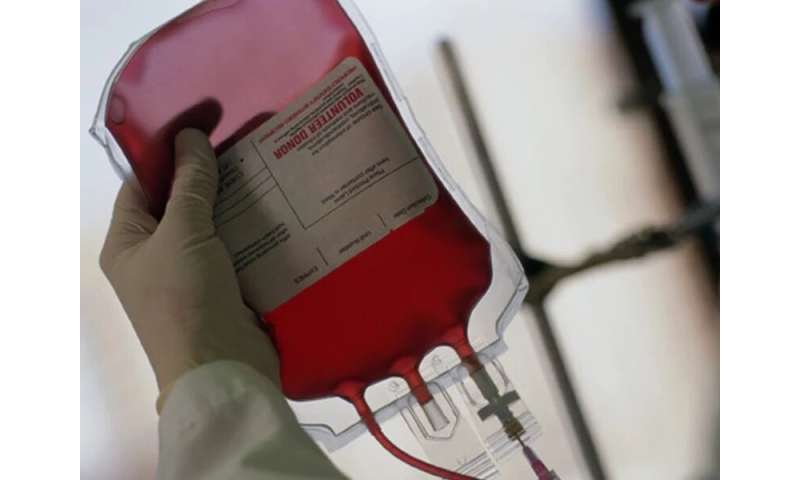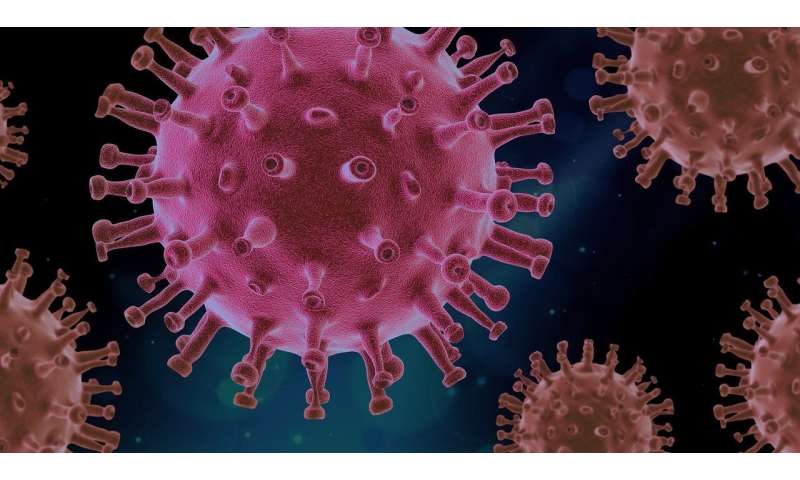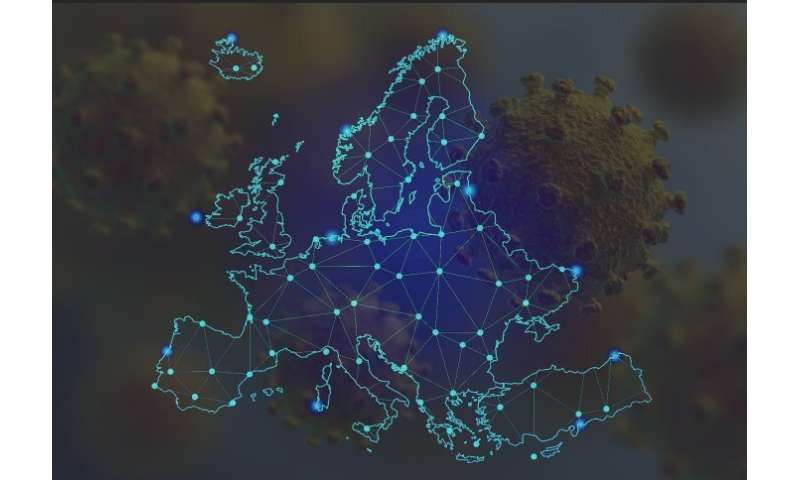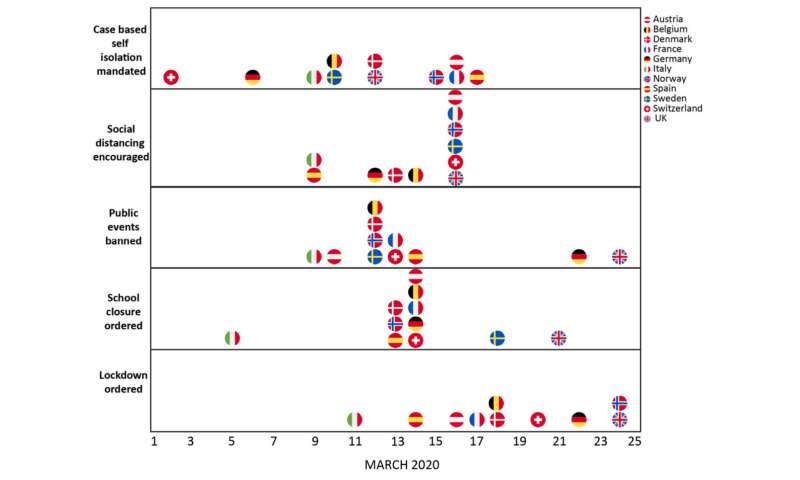350.ORG
Tue, Mar 31, 2020
Friends,
Today, I was filled with rage after waking up to the news that Jason Kenney is handing over a billion dollars to the Keystone XL pipeline in the midst of a global pandemic.1
The announcement comes just two days after he laid off 26,000 public education workers on a Saturday afternoon.
Then, a couple of hours later during his daily press conference, Justin Trudeau defended the continued construction of the TransMountain pipeline.2 While telling millions of Canadians to stay at home to stop the spread of COVID-19, he had the nerve to justify cramming thousands of oil workers into man camps on unceded Indigenous lands.
Let’s be clear. There is no way that either of these projects can be built without risking further spread of COVID-19 to workers, rural communities, and the Indigenous nations whose territories they pass through.
To top it all off, these decisions to prop up oil and gas companies are coming not only at a time when oil is worth next to nothing, but at a time when hundreds of thousands of people are worried about paying their April 1st rent and while health care workers across the country are struggling to get the equipment they need to protect themselves.
Right now, millions of people across Alberta, Canada, and around the world are stepping up to have each others’ backs, and we expect our governments to do the same. But instead of supporting working people, they’re making the shameful decision to bail out Big Oil billionaires.
That’s why we’ve published 5 principles for a just recovery from COVID-19. Sign onto them here to speak up in support of providing relief to people, workers and communities not fossil fuel companies.
I honestly can’t say what went through Jason Kenney or Justin Trudeau’s minds when they made their respective decisions.
I do know that we can’t make it out of this crisis by worsening the compounding crises of climate change and economic inequality. When I talk to my family, friends, and neighbours, they all agree — priority number one right now must be to save lives and help one another through this pandemic.
If you agree, add your name to the 5 principles for a just recovery from the COVID-19 pandemic.
Together, we can make it through this,
Emma
References:
1. TC Energy to proceed with Keystone XL pipeline after US$1.1 billion investment from Alberta government
2. National Post: Construction on Trans Mountain pipeline goes on, company says, as First Nations concerned over COVID-19 risks
Keystone XL Oil Pipeline Gets Go-Ahead After Alberta Puts Up $1.1 Billion
Kevin Orland,Bloomberg•March 31, 2020

(Bloomberg) -- North America’s most infamous oil pipeline project just got a surprise $5.3 billion financial aid package from Alberta as the Canadian province fights to rescue its battered oil-sands industry.
Keystone XL, which for years has faced court challenges and environmental opposition in the U.S., will get a $1.1 billion investment and a $4.2 billion loan guarantee from Alberta to help TC Energy Corp. build the line to the U.S. Gulf of Mexico. The Calgary-based pipeline giant said it will invest the remaining $2.7 billion.
Once touted by Canada as a key step to turn the country into an energy superpower, the project counted celebrities like Mark Ruffalo and Daryl Hannah among foes who pressured the Obama administration to block it.
Approval from President Donald Trump years later came at a time when investing in the project was far from certain as the Canadian oil industry was cutting costs, competing output from U.S. shale fields abounded and hurdles at state levels emerged.
The move to start construction now, when the crude market has crashed and the project still faces roadblocks in the U.S., shows how critical the fight for the oil industry’s survival has become in Alberta, home to the world’s third-largest crude reserves. The province’s benchmark crude is trading at a record low of $4.09 a barrel.
A shortage of pipeline capacity in the landlocked Canadian province has weighed on local crude prices and restrained producers’ ability to increase output long before the recent oil market collapse. The Covid-19 pandemic and a battle for market share between Saudi Arabia and Russia have further darkened the outlook.
“This investment in Keystone XL is a bold move to re-take control of our province’s economic destiny,” Alberta Premier Jason Kenney said in a statement. Kenney said Alberta would plan to sell its shares to TC at a profit after the project is completed and estimated that Keystone XL would help provide C$30 billion in tax and royalty revenues for the province over the next 20 years.
TC Energy, previously known as TransCanada, rose 6.3% to C$61.94 at 12:22 p.m. in Toronto. The shares had dropped 16% this year through Monday amid a broader meltdown in global equity markets.
Moody’s Investors Service changed the credit outlook for TC to negative from stable on Tuesday, citing the added risks of building Keystone XL. The credit rating firm said the project’s construction could be disrupted by “demonstrations and civil unrest” as well as ongoing legal and regulatory challenges. Political risks could lead the project’s outright cancellation, the firm said.
“The negative outlook reflects the very high level of execution risk related to the environmental, social and governance factors associated with the Keystone XL pipeline project,” Gavin McFarlane, a Moody’s vice president and senior credit officer, said in a note.
Moody’s rates TC’s debt Baa2, the second-lowest investment grade.
When Keystone XL enters service in 2023, the 1,200-mile (1,900-kilometer) conduit will help carry 830,000 barrels of crude a day -- more than last month’s daily production from OPEC member Venezuela.
Among obstacles still facing TC Energy before Keystone XL can be completed, environmental organizations and indigenous groups are challenging the project in U.S. District Court in Montana.
The U.S. presidential election in November also could pose a threat to the project, with much of the Democratic party opposed to the pipeline. Former U.S. President Barack Obama rejected a key permit for Keystone XL in 2015, bringing the pipeline to a halt, but President Donald Trump revived the project by reversing that decision early in his term.
The project has gathered momentum in recent months. The U.S. Interior Department in January authorized construction across a swath of federal land in Montana, and TC Energy had announced plans to move ahead with pre-construction work on the line this year.
Keystone XL already has 20-year agreements to transport 575,000 barrels of crude per day, and contracts for 115,000 barrels of capacity on the existing Keystone line will shift to the new facilities under renewed 20-year contracts once Keystone XL enters service, TC Energy said Tuesday.
“Strong commercial and financial support positions us to prudently build and fund the project,” TC Energy Chief Executive Officer Russ Girling said in a statement.
©2020 Bloomberg L.P.
Disputed Canada-US oil pipeline work to start in April
MATTHEW BROWN, Associated Press•March 31, 2020

Keystone XL Pipeline
FILE - In this Oct. 29, 2019 file photo, opponents of the Keystone XL oil pipeline from Canada demonstrate in sub-freezing temperatures in Billings, Mont. Alberta is investing $1.1 billion in the disputed Keystone XL pipeline, a project that Alberta Premier Jason Kenney says is crucial for the province's economy. (AP Photo/Matthew Brown, File)
More
BILLINGS, Mont. (AP) — A Canadian company said Tuesday it plans to start construction of the disputed Keystone XL oil sands pipeline through the U.S. Midwest in April, after lining up customers and money for a proposal that is bitterly opposed by environmentalists and some American Indian tribes.
Construction would begin at the pipeline's border crossing in Montana, said TC Energy spokesman Terry Cunha. That would be a milestone for a project first proposed in 2008.
The announcement came after the company secured $1.1 billion in financing from the Canadian provincial government of Alberta to cover construction through 2020 and agreements for the transport of 575,000 barrels of oil daily.
Despite plunging oil prices in recent weeks, Alberta Premier Jason Kenney said the province's resource-dependent economy could not afford for Keystone XL to be delayed until after the coronavirus pandemic and a global economic downturn have passed.
“This investment in Keystone XL is a bold move to retake control of our province's economic destiny and put it firmly back in the hands of the owners of our natural resources, the people of Alberta," Kenney said.
A spokeswoman for Montana Gov. Steve Bullock said he had been in contact with Kenney to raise concerns over an estimated 100 workers coming into the state for the line's construction. Bullock said that could further strain rural health systems facing the coronavirus.
“TC Energy holds a tremendous responsibility to appropriately manage or eliminate this risk and we will continue to monitor the plans for that response," Bullock spokeswoman Marissa Perry said.
There was only one confirmed infection as of Friday from eastern Montana counties along the line's route, but the virus has been spreading in rural areas in recent days.
Company representatives said they would follow the guidance of government and health authorities to determine the best way to keep construction crews and the public safe.
The pipeline was rejected twice by the administration of President Barack Obama over worries it could make climate change worse. President Donald Trump has been a strong proponent of the $8 billion project and issued it a permit that environmentalists say was illegal.
A court hearing in the permit dispute is set for April 16 before U.S. District Judge Brian Morris in Great Falls. Morris has previously ruled against the project.
The company has previously said it also plans in April to begin work on camps where pipeline construction workers would live in Fallon County, Montana and Haakon County, South Dakota.
The company said the 1,200-mile (1,930-kilometer) pipeline would start sending oil to the U.S. in 2023. It's designed to move up to 830,000 barrels (35 million gallons) of crude daily at from the oil sand fields of western Canada to Steele City, Nebraska, where it would connect to other pipelines that feed oil refineries on the U.S. Gulf Coast.
Opponents in January asked Morris to block any work. They said clearing and tree felling along the route would destroy bird and wildlife habitat. Native American tribes along the pipeline route have said that the pipeline could break and spill oil into waterways like Montana's Missouri River.
The judge in December had initially denied a request from environmentalists to block construction because no work was immediately planned.
TC Energy filed reports with court in recent weeks declaring its intentions to start work.
“At this time, we are continuing with our planned activities and will adjust if it becomes necessary," Cunha said.
The remaining $6.9 billion in construction costs is expected to be funded through a $4.2 billion loan guaranteed by the Alberta government and a $2.7 billion investment by TC Energy.
Once the project is complete, TC Energy expects to buy back the Alberta government's investment and refinance the $4.2 billion loan.
"We thank U.S. President Donald Trump and Alberta Premier Jason Kenney as well as many government officials across North America for their advocacy without which, individually and collectively, this project could not have advanced," TC Energy chief executive Russ Girling said in a statement.
A representative of the Sierra Club said the decision to push forward with the project amid the coronavirus pandemic was “a shameful new low" for the company. Pipeline opponents contend workers could inadvertently spread the virus to rural areas with limited health care services.
“By barreling forward with construction during a global pandemic, TC Energy is putting already vulnerable communities at even greater risk," said the Sierra Club's Catherine Collentine. “We will continue to fight to ensure this dangerous pipeline is never completed."
Opposition to another pipeline built through the region several years ago, the Dakota Access Pipeline, culminated in months of protests, sometimes violent, near the Standing Rock Sioux Reservation that straddles the North Dakota-South Dakota state line.
Lawmakers in some states have sought to curb the possibility of similar protests against Keystone XL.
South Dakota Gov. Kristi Noem successfully pushed a legislative measure to revive the state's criminal and civil penalties for rioting and inciting a riot, drawing demonstrations from groups opposed to the pipeline. The law she signed last week enacts criminal and civil penalties for people who “urge” force or violence.
Noem said she spoke with TC Energy on Monday and did not expect construction to begin in South Dakota until the summer.
Another oil pipeline in TC Energy’s Keystone network in October spilled an estimated 383,000 gallons (1.4 million liters) of oil in eastern North Dakota.
Critics have said a damaging spill from Keystone XL is inevitable given the length of the line and the many rivers and other waterways it would cross beneath.
___
Associated Press writers Stephen Groves contributed from Sioux Falls, South Dakota and Rob Gillies from Toronto.

















